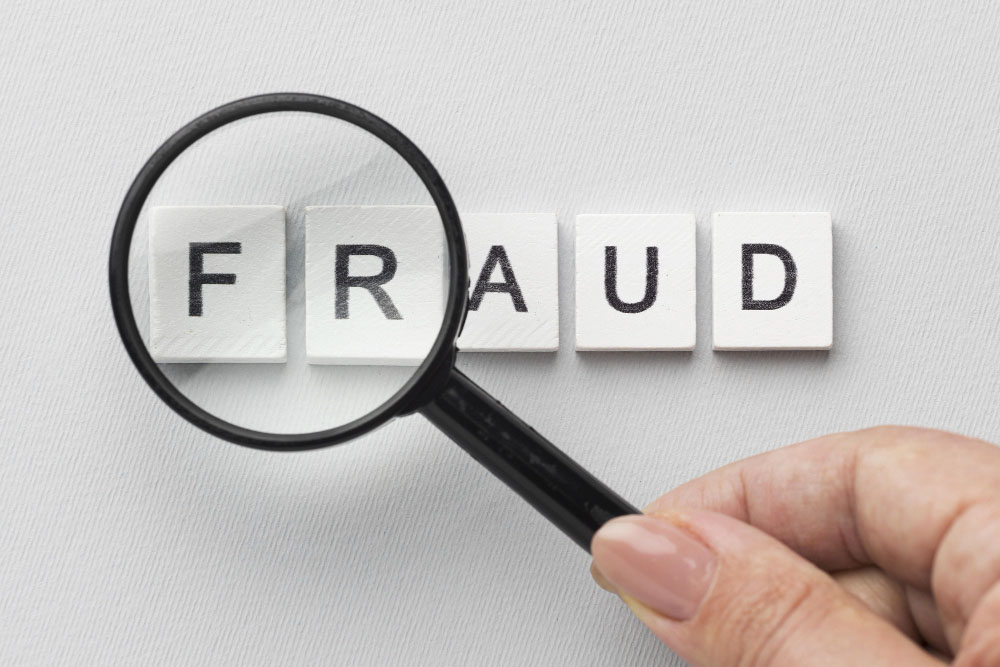Guidelines on preventing fraud for your clients
Banking fraud is an ever-present issue for businesses, large and small. While significant breaches at multinational companies tend to attract the most attention, the fact remains that all businesses are vulnerable to fraud.

As a small business owner, you have invested plenty of money, effort, and time into your company. Your hard work has helped your venture grow into what it is today. Banking fraud can quickly put your business into a difficult financial position and, in some cases, even harm its reputation. Consider these common examples of banking scams and practical guidance for preventing small-business fraud.
External threats
Scammers, fraudsters, and similar types of criminals have certain routines that allow them access to your bank accounts if you aren’t aware of the potential threat. While these schemes are sometimes successful, understanding how they’re arranged and executed can put your business in a more proper position to identify and avoid them.
Phishing
No matter the specifics, a phishing scam relies on two key factors:
- A method of electronic communication, such as email or text messaging.
- An effort by the scammer to appear as someone they are not, specifically a trusted party or institution with which your business has an existing relationship.
By posing as an employee of a financial institution, credit card company, or similar entity, the fraudster will attempt to convince you or one of your workers to divulge sensitive information. After establishing a pretext for the conversation, they may request credit card information to allow them to make purchases through card-not-present transactions. They could ask for the username and password to your online bank accounts and drain or use those funds for various reasons.
How can you target your small-business fraud prevention efforts toward phishing? Some practical steps can help you and your staff recognize and prevent these scams:
- Email spam filters can cut down on, although not eliminate, the number of phishing attempts that reach your inbox.
- Web browser alerts can help identify and inform users of illegitimate websites linked to phishing scams.
- Training about scams can help raise employee awareness and discourage disclosing sensitive information.
The Federal Trade Commission (FTC) offers an in-depth guide on the topic of training. Here are a few key points to bear in mind:
- Set complex rules to never request sensitive information internally via email, reinforcing the general concept of never sharing details that could breach a company’s finances.
- Require employees to verify that a vendor, supplier, partner, or financial institution has requested sensitive information by calling the customer service number shared through official channels.
- Regularly remind employees that scammers use pressure tactics to attempt to access information before giving employees time to think. Make it clear that they should only act after verifying that the data is needed by the organization in question and discussing any potential action with you or a manager.
Similar scams
While not meeting the definition of phishing, fraudsters may use several similar scams. These include sending invoices for products or services your company never ordered, sending unordered products, and demanding payment and tech support fraud. The advice for employees above remains applicable:
- Do not fall victim to pressure tactics.
- Do not pay or provide information without verification.
- Discuss any action with you or a supervisor before proceeding.
Internal threats
The vast majority of employees likely will be fine for your business. However, only one bad actor is required to cause significant financial issues. Identifying internal threats and closing avenues that allow employees to take advantage of them can go a long way toward effective small-business fraud prevention.
In most cases, both in the examples below and other types of fraud, there are a few overarching best practices to consider:
- Giving any employee complete control over a bookkeeping or transactional process can lead to a lack of visibility. Use software that maintains relevant records and divides the responsibilities for sensitive functions to provide more transparency.
- Use an independent auditor to review your finances and identify potential concerns.
Common types of internal fraud include:
Payroll fraud
An unscrupulous employee may say they worked non-existent hours in a given pay period to boost their income. This is a relatively simple scam but can be hard to detect based on the payroll system used by your business.
To prevent this problem from occurring, you could set aside time to review payroll and hourly work records occasionally. You can also set standards for reviewing and verifying payroll information, whether you handle payroll yourself or put it in the hands of an accounting or HR professional. Splitting up these duties can prevent one person from having too much control and provide another set of eyes for review and verification.
Physical currency theft
A business that doesn’t carefully track incoming and outgoing cash can be vulnerable to an employee skimming money from a register or a deposit envelope before it can be collected or dropped off.
Careful accounting and review by yourself and staff members you trust can help identify instances where an employee steals the currency. A system for independently verifying cash in and cash out on the level of each register can also provide the data necessary to identify instances of theft.
Like various kinds of prevention, it’s simple to postpone thinking about fraud prevention until a problem is evident. However, fraud can seriously hurt your bottom line, sometimes so severely that it may be impossible for your company to recover.
You can safeguard your company and create a culture of non-tolerance for fraud by taking a few easy actions to implement your fraud prevention plan. As a result, you’ll help eliminate unforeseen hazards in the future and secure your company from fraud.

